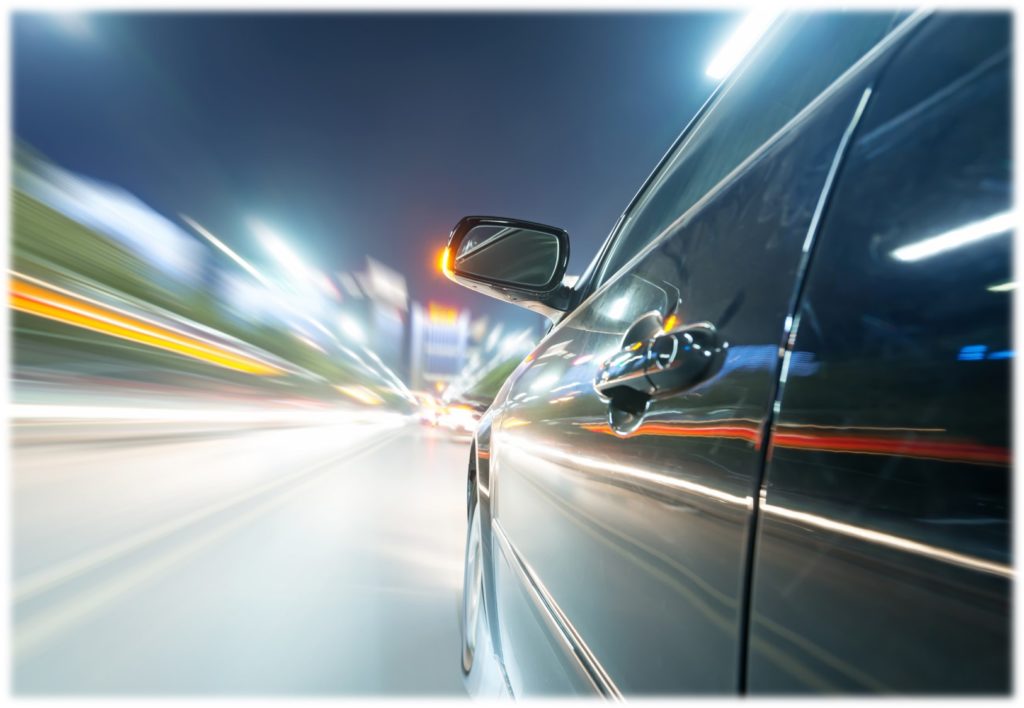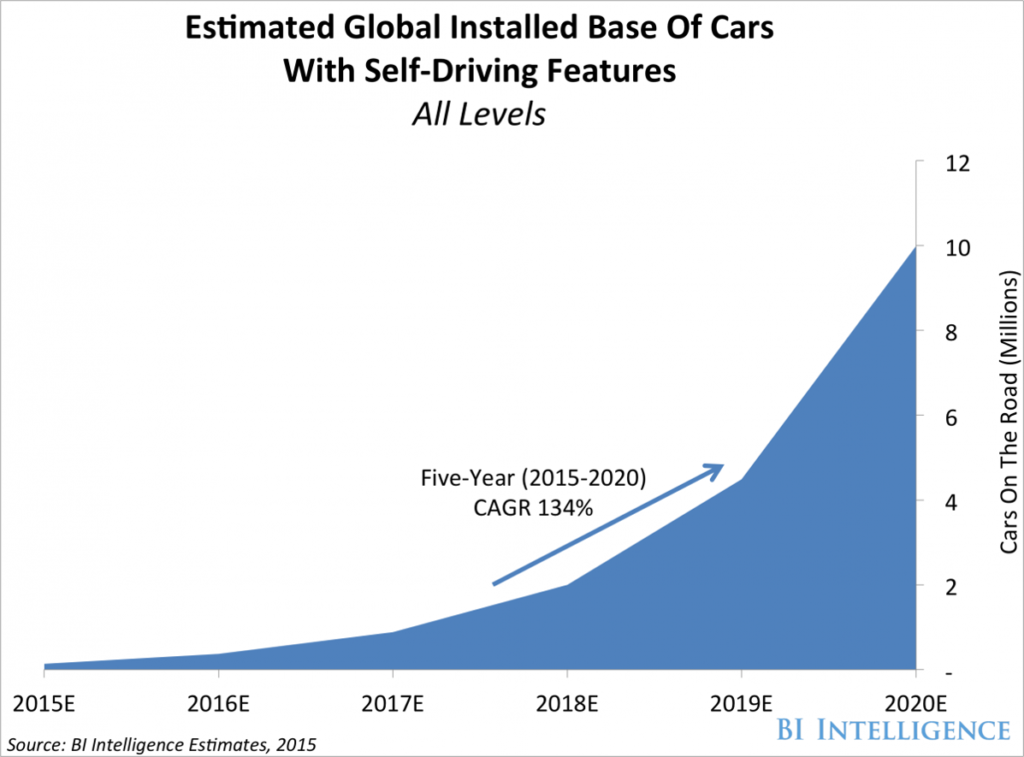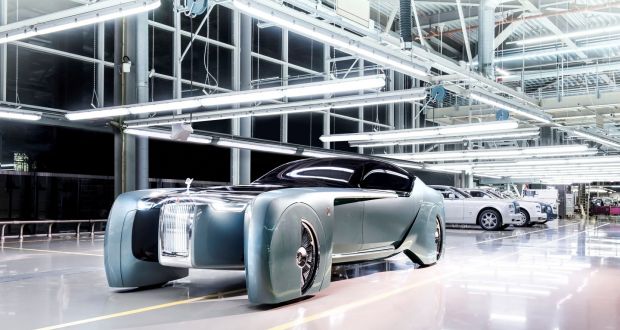 Last week, I had the honor of speaking at both the New Jersey Broadcasters Association and Virginia Association of Broadcasters conferences. And both groups had one important thing in common – they were riveted by all things automobile and the impact on radio.
Last week, I had the honor of speaking at both the New Jersey Broadcasters Association and Virginia Association of Broadcasters conferences. And both groups had one important thing in common – they were riveted by all things automobile and the impact on radio.
Just a few short years ago, very few people in broadcasting were talking about cars. Today, you can’t hold a broadcasting convention or company meeting without talking about the “connected car” and it’s implications on the radio business. Unfortunately, the auto industry is moving much faster than the radio industry. And they’re looking far down the road – not in the rearview mirror.
From the NAB to the RAB to iHeartMedia and small broadcasters, everyone’s wondering how changes in the dashboard will impact the world of radio. And for good reasons. The “connected car” is hitting scale, and will continue to grow like wildfire over the coming years. Virtually everything coming out of Detroit, Germany, and Japan will be connected. Scotiabank and BI Intelligence project that by 2020, fully 75% of cars shipped globally will have connected features and capabilities.
 This flurry of activity points the way for the car to become another “smart device,” enabling these computers on four wheels to be mobile participants in the rapidly expanding Internet of Things. We’ve been seeing this for the past seven years at CES as companies like LG aren’t just generating buzz for their 4K televisions, but also for a host of other appliances that include refrigerators, washers and dryers, and home security systems, all of which are connected.
This flurry of activity points the way for the car to become another “smart device,” enabling these computers on four wheels to be mobile participants in the rapidly expanding Internet of Things. We’ve been seeing this for the past seven years at CES as companies like LG aren’t just generating buzz for their 4K televisions, but also for a host of other appliances that include refrigerators, washers and dryers, and home security systems, all of which are connected.
But it’s the car that’s becoming the new center of radio’s universe. Fewer and fewer people have working radios at home or even in the workplace, but in automobiles, radios are still very much in abundance.
The radio industry is going to have to work hard to ensure that remains the case. While consumers continue to strongly demand AM/FM radios in their new cars, their desires for connectivity features continue to grow, too. And as Apple and Google invade the dashboard, broadcast radio’s front and center position is threatened.
Clearly, it’s the smartphone that is the digitally connective tissue that links cars with media entertainment and information. Since Apple opened its App Store eight years ago, changing the face of our communications, the mobile phone and the dashboard have become key conduits. And radio has been able to participate in this new journey, enabled by the ability to create mobile apps for stations, networks, and entire broadcasting companies. We’ve enjoyed taking part in this next step in the dashboard story via our mobile app company, jācapps, which launched 100 days after Apple opened its iOS platform to outside creators.
And then there’s the autonomous movement, progressing faster than anyone – including the automakers – might have imagined. BI Intelligence estimates 10 million cars with self-driving capabilities on the road by 2020, raising the question about what “drivers” of these vehicles will be doing to entertain and inform themselves while paying less attention to the road ahead.

Even the automakers struggle to predict what the “center stack” of the autonomous future will look like and what it will provide. Will dashboards in self-driving cars essentially just become extensions of smartphone content and apps? Will these vehicles be equipped with standard radios like cars have offered as standard equipment for decades? And will passengers in autonomous vehicles be able to consume videos and other visual material as the technology ensures a safe and accident-free ride?
Then there’s the dashboard invaders, led by a couple of small tech companies you may have heard about: Apple and Google. In much the same way the radio industry hops on the hot format bandwagon, the auto industry is no different. Just a couple short years ago, most auto manufacturers were very skeptical of the Apple CarPlay and Android Auto ecosystems. And they were reluctant to even consider them in their proprietary dashboard arrays.
Today, most of these same car makers acknowledge that consumers are much more likely to be loyal to the smartphones in their pockets and their purses, than the cars and trucks in their driveways. Thus, both Apple CarPlay and Android Auto will be available in an array of new vehicles this fall, raising more concerns about radio’s visibility in the dashboard. And you’ll be seeing these dashboard ecosystems in advertisements for auto makers, as Audi, Chevrolet, and others are already featuring CarPlay front and center in their TV spots.
But back to autonomous vehicles, it’s not just Google doing the heavy lifting. Many of the auto companies, from Ford to Toyota, are jumping into the self-driving sweepstakes, financing these projects with billions of dollars in research and development. There’s a strong belief that autonomous vehicles are, in fact, the future. No one wants to be left behind.
In a sign that everyone wants a piece of the action, Rolls Royce has released plans for its Vision Next 100 concept, custom built automobiles that will have autonomous capabilities, all powered by electricity. The voice command system will feature “Eleanor,” named after Eleanor Thornton, the model for the 1911 Spirit of Ecstacy figurine that sits atop all Rolls Royce vehicles. Step aside, Siri.

If that doesn’t signal a revolution in the auto industry, nothing will. And that’s why at Jacobs Media and jācapps, we’re continuing to work hard to keep up with and even ahead of these changes. Our DASH Conference these past three years have addressed all these issues.
So tomorrow at 2pm ET, we’re presenting a webinar that’s open to one and all, “Understanding the Connected Car.” Geared to broadcasters, jācapps COO Bob Kernen and I will address many of these issues, present new Techsurvey 12 data, and discuss what the changing automobile landscape means to the radio industry.
The next several years promise to be a wild ride for the automotive industry – and of course, radio.
Even in autonomous cars, it’s smart to fasten that seat belt.
Postscript: We have gotten many questions about dates for DASH this year. After assessing our conference over the past few years, we’ve decided to take a breather for 2016. As today’s post underscores, the auto industry is moving at breakneck speed, necessitating a “growth year” for this conference to ensure its relevance in the future. DASH will be back, perhaps in a different form, rebooted and evolved. You’ll be the first to know about what’s next for the conference. We truly thank past attendees, as well as those of you who wish to attend DASH for the first time.
- Why “Dance With Those Who Brung You” Should Be Radio’s Operating Philosophy In 2025 - April 29, 2025
- The Exponential Value of Nurturing Radio Superfans - April 28, 2025
- What To Do If Your Radio Station Goes Through A Midlife Crisis - April 25, 2025




Leave a Reply